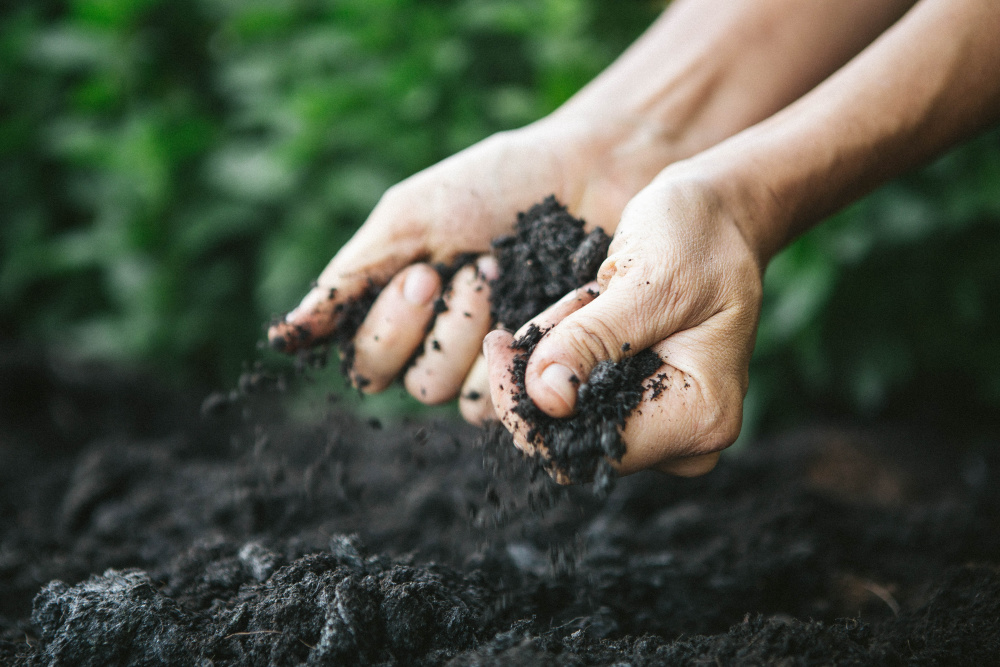Preparing the soil for your garden is a crucial step in ensuring a successful and bountiful growing season. Whether you’re a seasoned gardener or just starting, understanding how to prepare soil for planting is essential. This guide will walk you through the process, from assessing your soil to the final touches of preparing planting beds.
Assessing Your Soil
Before you begin planting, it’s important to understand your soil’s composition and texture. Conducting a soil test is an excellent first step. This test will provide valuable information about the pH level and nutrient content of your soil, helping you make informed decisions about amendments and fertilizers. Knowing whether your soil is clay, sandy, loamy or a combination will influence your preparation strategy.
Clearing and Cleaning
The next step is to clear your garden area of debris, weeds and any other unwanted materials. This process is crucial for preventing pests and diseases, and it ensures that your plants have a clean and healthy environment in which to thrive. Be thorough in this step to set a strong foundation for your garden.
Soil Amendments
Amending your soil is key to providing your plants with the nutrients they need. Adding organic matter, such as compost, can greatly enhance the nutrient profile of your soil. It’s also important to adjust pH levels, if necessary, based on your soil test results. This ensures that your plants can effectively absorb the nutrients in the soil.
Prepping the Soil: Tilling and Cultivating
Choosing the right tools for tilling and understanding proper soil cultivation techniques are vital. Tilling helps to aerate the soil, making it easier for roots to penetrate and for water to be absorbed. However, it’s important to till at the right depth and not to overdo it, as excessive tilling can disrupt soil structure and harm beneficial microorganisms.
Prep for Planting: Adding Fertilizers
Selecting appropriate fertilizers is crucial for providing your plants with the necessary nutrients. Different plants have different nutrient requirements, so it’s important to choose a fertilizer that matches your garden’s needs. Consider incorporating a slow-release fertilizer to provide a steady supply of nutrients. For specific fertilization tips, especially for bulbs and perennials, check out Brecks’ guide on bulb fertilization.
Moisture Management
Proper watering techniques, irrigation and mulching play a significant role in moisture management. Mulching helps retain water, regulate soil temperature and suppress weed growth. Understanding the watering needs of your plants and setting up an efficient irrigation system will ensure that your garden remains hydrated without becoming waterlogged.
Preparing Soil for Gardening Means to Protect the Soil Health
Protecting the health of your soil is as important as preparing it. Prevent soil erosion by using techniques like cover cropping and careful water management. Cover crops, such as clover or rye, can be planted during the offseason to protect and enrich the soil, promoting a healthy garden ecosystem.
Preparing Planting Beds
Creating raised beds can be a great way to ensure proper drainage and soil quality. Raised beds offer better control over soil composition and can make gardening more accessible. Ensure proper spacing and arrangement for optimal plant growth. For design ideas and tips on landscaping with bulbs, see Brecks’ landscaping guide.
Conclusion
Preparing your garden’s soil might seem daunting, but it’s a rewarding process that sets the stage for a thriving garden. By assessing your soil, clearing the area, amending the soil, properly tilling, adding fertilizers, managing moisture, protecting soil health and preparing planting beds, you’re laying the groundwork for a successful gardening experience. Remember, a little effort in soil preparation goes a long way in ensuring the health and beauty of your garden. If you’re ready to start planting, browse Breck’s collection of Spring-Planted and Fall-Planted bulbs.



